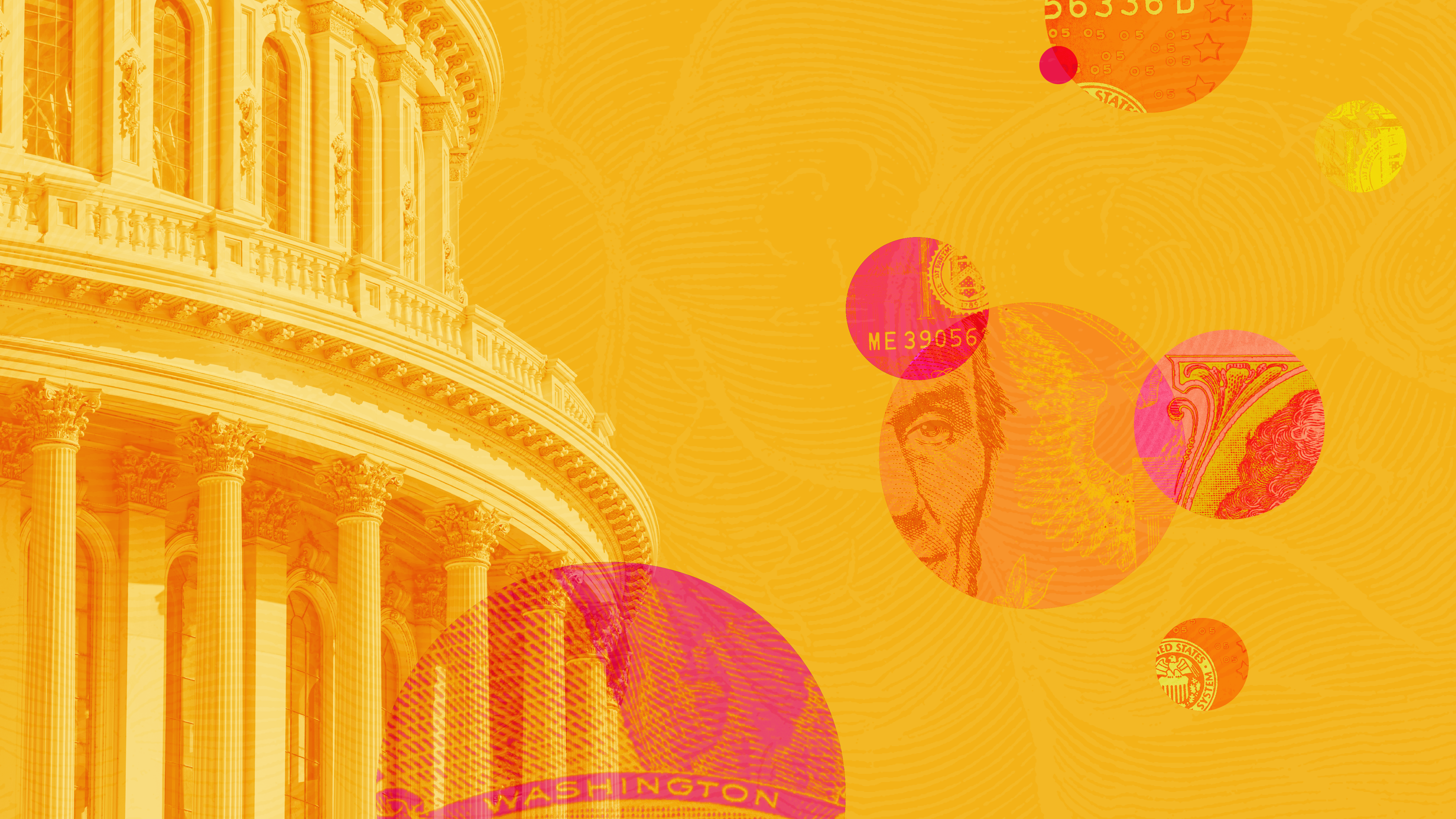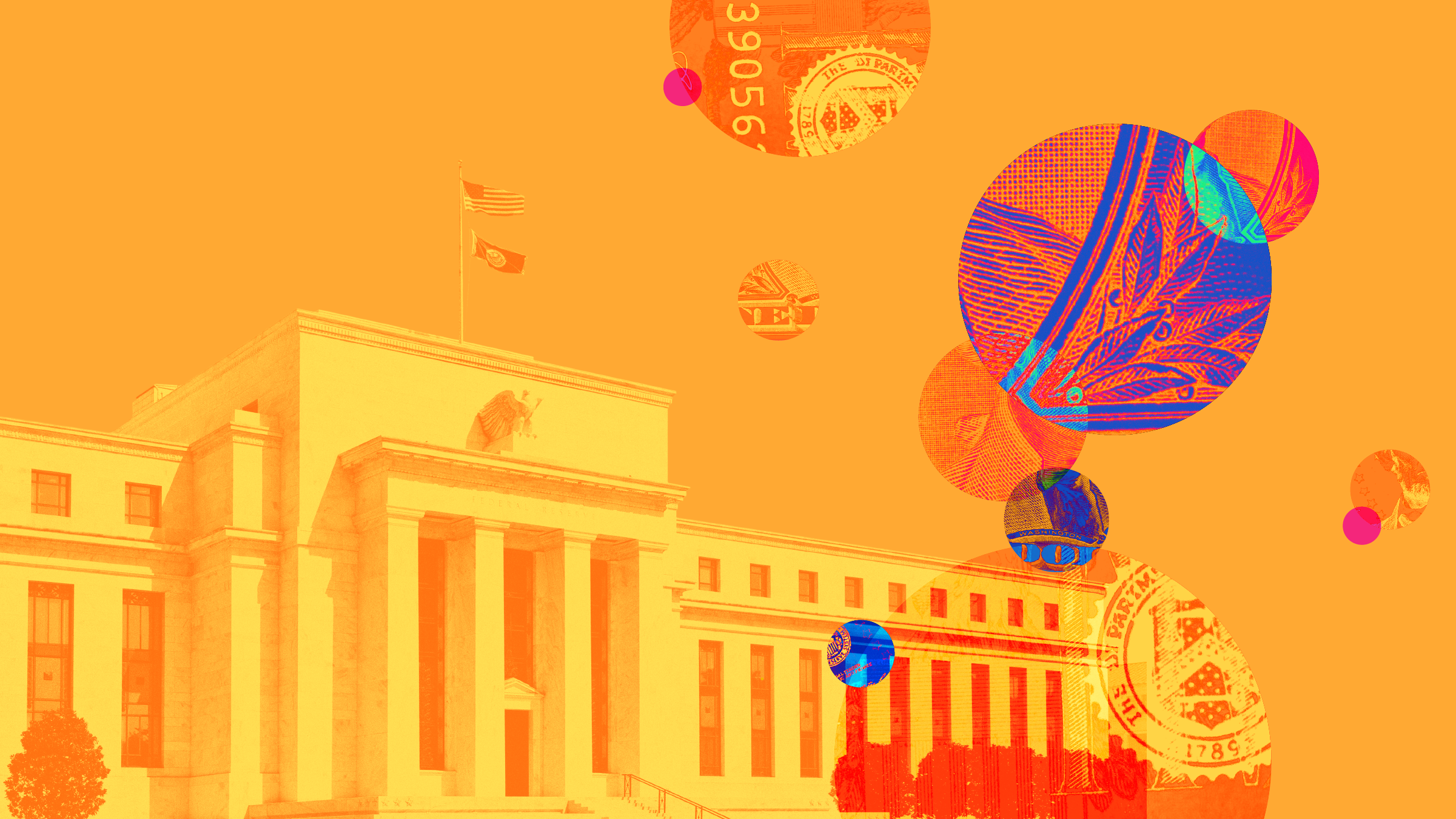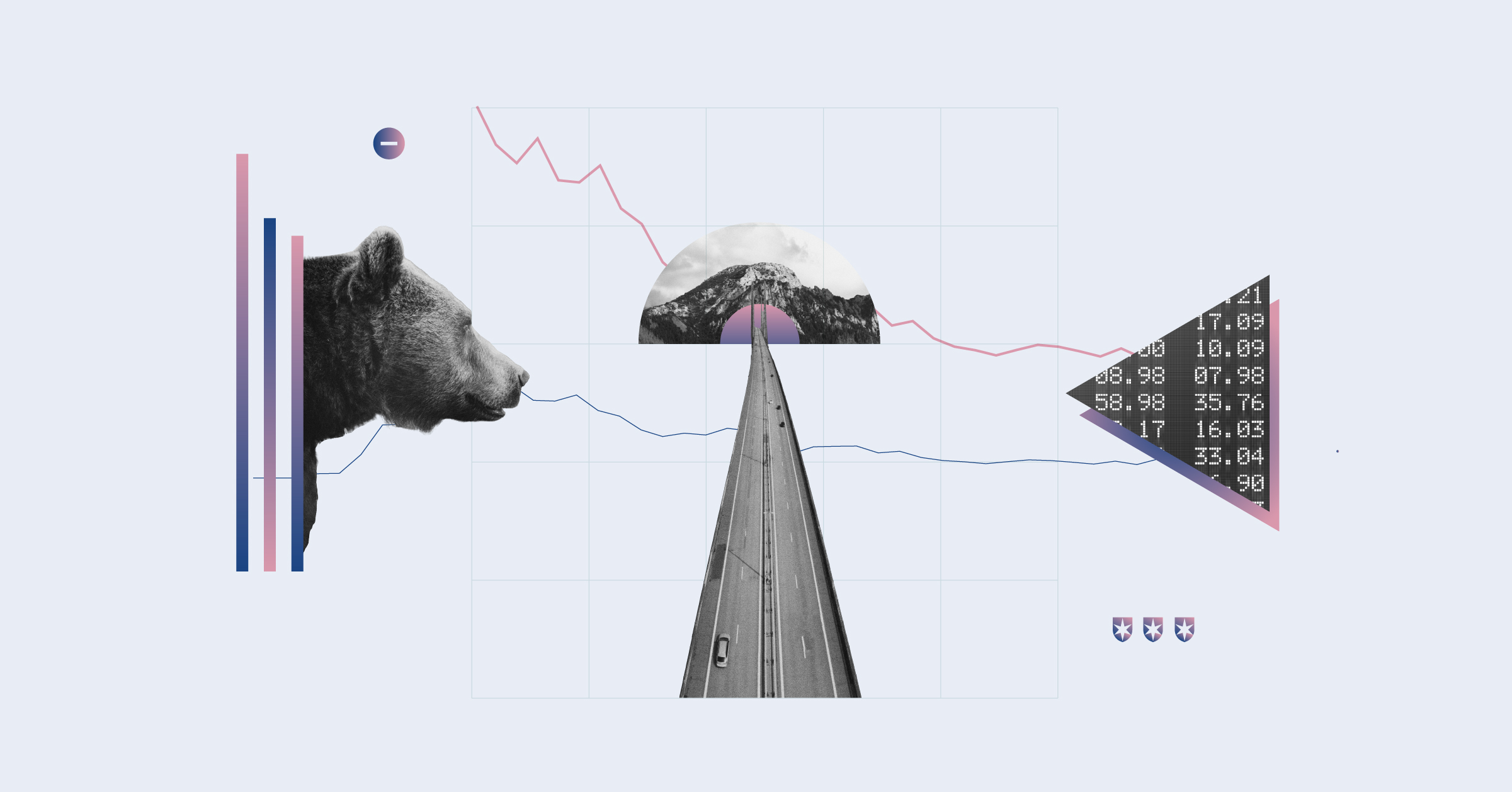
A weaker-than-expected jobs report for August has again raised alarm bells about the strength of the economy. But with overall job gains still trending at generally healthy levels, there’s no evidence here that the economy is headed for trouble.
The US added 142,000 jobs in August, according to the latest report from the Bureau of Labor Statistics. That’s up from the 89,000 jobs added in July but below economists’ estimates of 160,000 for the month. Meanwhile, the unemployment rate dropped from 4.3% in July to 4.2%.
The question now facing investors is how the Federal Reserve will respond when officials meet later this month to set interest rate policy. The soft August employment report, which featured downward revisions to the pace of hiring in June and July, has more investors expecting the central bank to reduce interest rates by half a percentage point rather than a quarter-point, which would be a more aggressive and surprising move. If the Fed does cut rates, that would be its first move to ease monetary policy since its aggressive push to hike rates and beat back surging inflation pressures in March 2022.
Morningstar chief US economist Preston Caldwell thinks that while August’s report shows signs of a slowdown, he doesn’t believe a larger rate cut would be warranted. “Today’s jobs report again presents a bearish signal for the trend of the economy, but it’s still no reason to panic,” he explains.
August Jobs Report Key Stats
-
Total nonfarm payrolls increased by 142,000 versus a downward-revised 89,000 in July.
-
The unemployment rate edged down to 4.2% from 4.3% in July.
- Average hourly wages rose by 0.4% to $35.21 after rising 0.2% in July.
Following downward revisions to payroll numbers for June and July, the rate of job creation over the past three months is 0.9% on an annualized basis. That’s “the slowest since June 2020, when the recovery had just begun,” Caldwell says. However, he says the overall rate of job creation is still a “healthy” 1.5% over the past year, though he expects that number will eventually be revised down to 1.1% when the BLS implements its annual revisions in February.
Caldwell points out that while the unemployment rate ticked down slightly in August, the “Sahm Rule” (which observes that the economy has always fallen into a recession after the three-month moving average of the unemployment rate has risen more than half a percentage point within 12 months) remains active. He calls this a “concerning indicator,” though he and other economists have cautioned against putting too much stake in the rule.
Healthcare and Leisure Drive Job Gains
The healthcare and leisure sectors account for more than 70% of the economy’s total job gains over the last three months, according to Caldwell. Meanwhile, job growth in other service industries and white-collar categories has “remained tepid, with negligible growth or even declines,” he says.
Wage Growth Remains Steady
Wage growth was little changed in August, with hourly pay rising 0.4% for the month and 3.8% on an annual basis. “That’s not much above 3.5%, which we estimate is consistent with 2% inflation,” Caldwell says. For a healthy economy, the Federal Reserve targets 2% inflation as measured by the Personal Consumption Expenditures Price Index.
How Will the August Jobs Report Impact the Fed?
With inflation slowing and the labor market cooling, markets are virtually certain the Fed will ease policy at its September reading. Bond futures contracts show a 57% chance of a 0.25% cut, according to the CME FedWatch Tool, which would bring the target federal funds rate down to a range of 5.00%-5.25%. Traders see a 43.0% chance of a 0.5% cut.
While August’s jobs numbers are a bearish sign, Caldwell emphasizes that he doesn’t expect the Fed to begin the next easing cycle with a larger rate cut. “The labor market data (combined with falling inflation) gives the Fed reason to cut, but not reason to panic,” he says. “Measures of economic activity are still going strong, while the labor market is almost never a leading indicator,” he adds. “It’s highly implausible that the labor market is going to spontaneously collapse and bring down the economy with it.”






:quality(80)/cloudfront-us-east-1.images.arcpublishing.com/morningstar/PKH6NPHLCRBR5DT2RWCY2VOCEQ.png)













